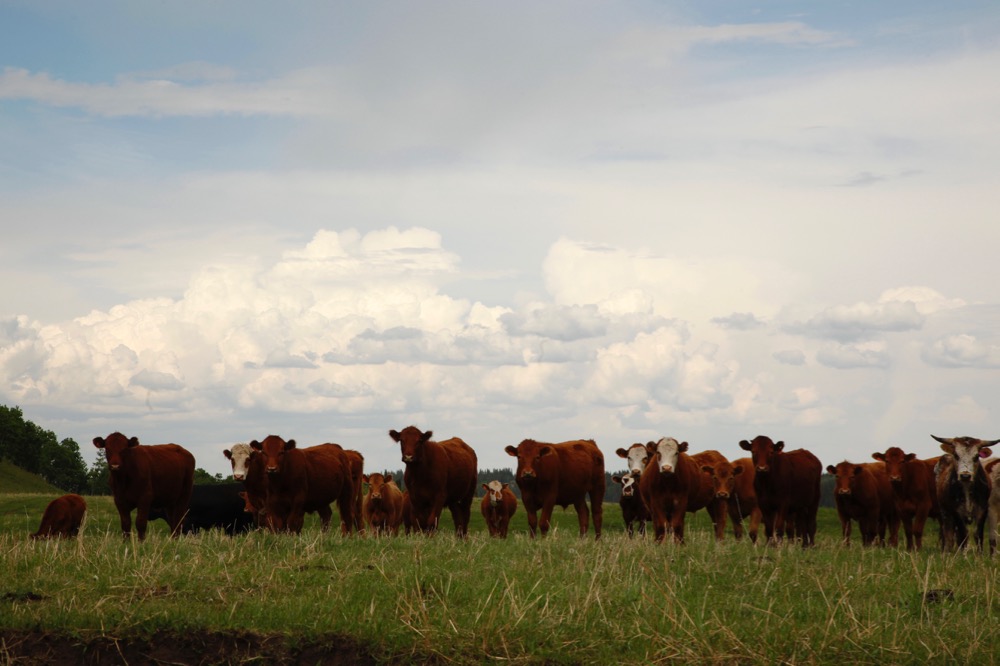The canola crop may be in bloom, but if the flower petals
look small or pale instead of that nice vibrant yellow, the crop may be
suffering from sulphur deficiency,
says a soil fertility specialist.
By Lee Hart Between COVID-19, supply-chain disruptions and now the conflict in the Ukraine it seems like any calm or… “I have seen many fields across Western Canada this year As conditions dry out, the roots will develop and reach the He’s advising farmers to look at their crops, if the flower “I have seen in some trials where a top dress of sulphur The window to correct the deficiency is closing quickly,
The window to correct the deficiency is closing quickly,
Read Also
Some perspectives of what’s in store for 2022
can get a treatment on while the crop is still in bloom, it can translate into
an appreciable yield increase. (The accompanying photo shows robust canola
flowers on left and smaller, pale
sulphur deficient flowers on the right).
suffering the effects of a sulphur deficiency,” says Solberg. “With all the
rain this year the sulphur applied at seeding has leached down into the soil
profile, and also because of the rain, more crops are shallow rooted.”
sulphur but that may be too late to help this year’s crop.
color is pale and if flower petals are small, a broadcast application of
products such as ammonium sulphate or ATS (Ammonium
thiosulfate 12-0- 0-26S) can help increase yield potential. Products
applied as a foliar application won’t be effective at this stage. They need to
be broadcast applied or dribble banded.
even at the 30 percent bloom stage has increased yields by five to eight
Depending on crop stage, Solberg says there likely isn’t
time in most crops to wait for the results of a tissue test. Producers will
just have to make an eyeball assessment and decide what to do.
-30-












